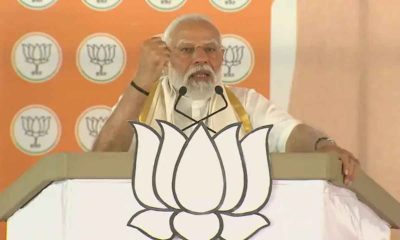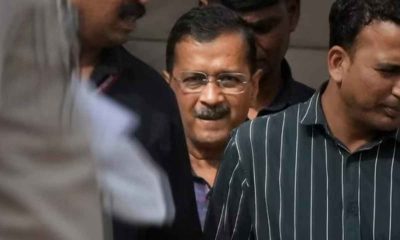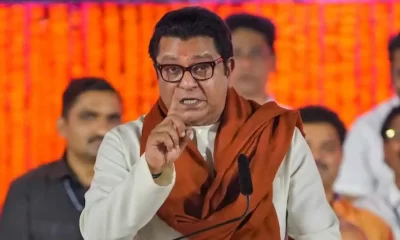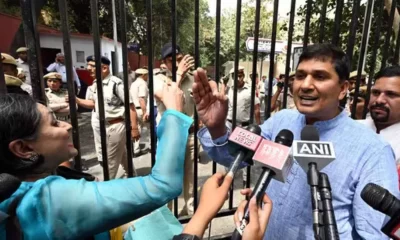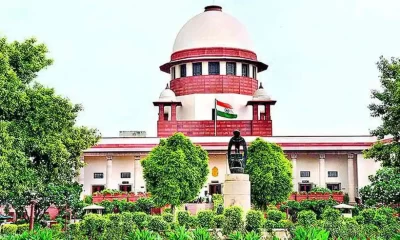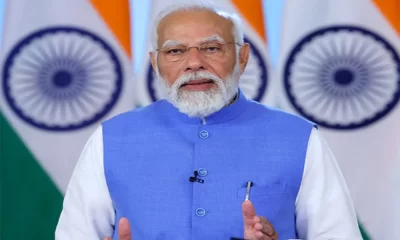India News
Rohingyas a threat to national security, should be deported: Govt to SC

Affidavit reportedly claims that intelligence inputs suggest Rohingya militant groups active in Jammu, Delhi, Hyderabad and Mewat; could be used by IS
Amid a global outrage over the continued persecution of Rohingya Muslims by the Myanmar establishment, the Union government, on Thursday, told the Supreme Court that it cannot allow the illegal immigrants from Rakhine State to stay in India as refugees as they pose a threat to national security.
The Union home ministry which filed an affidavit on the Rohingya issue in the Supreme Court on Thursday, has reportedly said that refugees of Myanmar’s ethnic minority group who are settled in scattered camps across India could be used by domestic and foreign terror groups to foment trouble in the country.
The affidavit, it is learnt, claims that inputs received from various Indian intelligence agencies suggest that at least some Rohingya groups living in India have links with terror groups. The Centre claimed Rohingya militant groups are active in Jammu, Delhi, Hyderabad and Mewat (in Haryana), and could be used by the Islamic State.
However, no evidence of this claim has been provided in the home ministry’s affidavit, which adds “National interest warrants their (Rohingyas) deportation. No illegal immigrant has the right to stay in India.”
The affidavit has been submitted before the Bench of Chief Justice Dipak Misra and Justices AM Khanwilkar and DY Chandrachud, which is presiding over proceedings on a bunch of public interest litigations and intervener petitions that have either sought deportation of the Rohingya Muslims or for directions to the Union government to provide a safe haven to these refugees.
The affidavit comes at a time when Prime Minister Narendra Modi’s government has been at the receiving end of criticism from various human rights groups and also the United Nations for not recognizing the persecution of Rohingyas as a humanitarian issue and instead indicating its willingness to deport them to Myanmar where thousands from the ethnic minority have been killed by the Junta over the past few weeks. India and Myanmar do not recognize the term Rohingya and the issues of the world’s most persecuted ethnic minority are referred to by both nations as ‘developments in the Rakhine state’ or matters of illegal immigrants.
Earlier this week, the United Nations’ top human rights official Zeid Ra’ad al-Hussein had criticised India for wanting to deport Rohingya refugees. “I deplore current measures in India to deport Rohingyas at a time of such violence against them in their country (Myanmar),” Zeid said. Zeid had also implored India to bear in mind its obligations under international law and said: “India cannot carry out collective expulsions, or return people to a place where they risk torture or other serious violations.”
But the Indian government, as suggested by the affidavit placed before the Supreme Court, maintains that it sees Rohingyas as a threat to the country’s national security.
Next week, the Supreme Court is scheduled to hear a plea filed by two Rohingya immigrants, Mohammad Salimullah and Mohammad Shaqir, challenging the Indian government’s decision to deport illegal Rohingya Muslim immigrants back to Myanmar. The plea, filed by advocate Prashant Bhushan on behalf of the two, claims that Salimullah and Shaqir had taken refuge in India after escaping from Myanmar due to widespread discrimination, violence and bloodshed against the community there.
Opposing the plea, former RSS ideologue KN Govindacharaya has also moved the apex court seeking to make him a party in the case filed by the two Rohingya Muslims. Govindacharya has opposed their plea saying they were “a burden” on the country’s resources and posed a serious threat to national security.
Meanwhile, India has extended humanitarian assistance for Rohingya refugees in Bangladesh through its ‘Operation Insaniyat’ by sending food and other essential items to the neighbour to help it deal with the huge influx of Rohingyas who have fled from Myanmar in recent weeks.
India News
Gujarat Jain couple donate Rs 200 crore wealth, renounce world
The Bhandari couple was accompanied by 35 individuals in February and led a 4 km procession during which they donated all their belongings, from mobile phones to air conditioners.
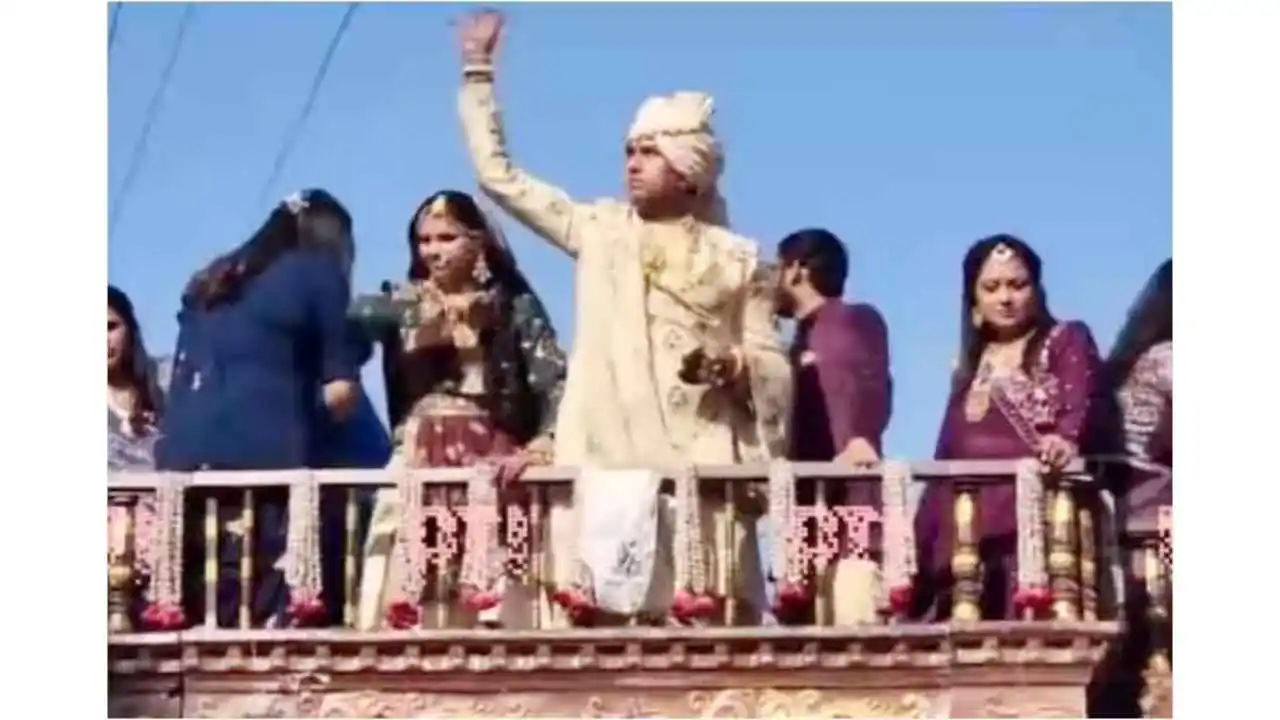
A Gujarat-based businessman and his wife have donated their lifetime earnings of Rs 200 crore and have taken the decision to renounce all materialistic desires to become Jain monks. In February this year, Bhavesh Bhandari and his wife donated all their wealth during a ceremony. The Bhandari family, which hails from Himmatnagar, has been in the construction business. The family decided to follow in the footsteps of their 16-year-old son and 19-year-old daughter, who adopted monkhood in 2022.
Bhavesh Bhandari, who belongs to a Jain family, had been a part of construction business in Ahmedabad and Sabarkantha and was accustomed to a life of luxury and prosperity from a young age. The Bhandari couple was accompanied by 35 individuals in February and led a 4 km procession during which they donated all their belongings, from mobile phones to air conditioners. A short video clip from the event shows the couple wearing regal attire on top of a chariot and making donations. Adorned in rich attire and jewellery, they stood atop a truck adorned to resemble a chariot, tossing garments and banknotes to the people standing below,
After the couple made their pledge on April 22 to adopt monkhood, the couple is going to break all familial relations and renounce any material possessions and desires. Afterwards, they will begin a barefoot journey across India and will sustain themselves solely on alms.
According to reports the couple will be allowed to own two white garments, an alms bowl, and a rajoharan, a white broom used by Jain monks to clear insects from an area before sitting — a symbol of the non-violent path which they follow. In a similar incident in January, the 8-year-old daughter of a Gujarati diamond merchant renounced material comforts and worldly desires to embrace monkhood. Devanshi Sanghv had participated in a grand procession with camels, elephants, horses and great fanfare before embracing a life of monkhood.
2024 Lok Sabha Elections
Lok Sabha elections 2024: BJP releases 12th list of candidates, Udayanraje Bhonsle to contest from Satara
The BJP on Tuesday released its 12th list of seven candidates for the upcoming Lok Sabha elections
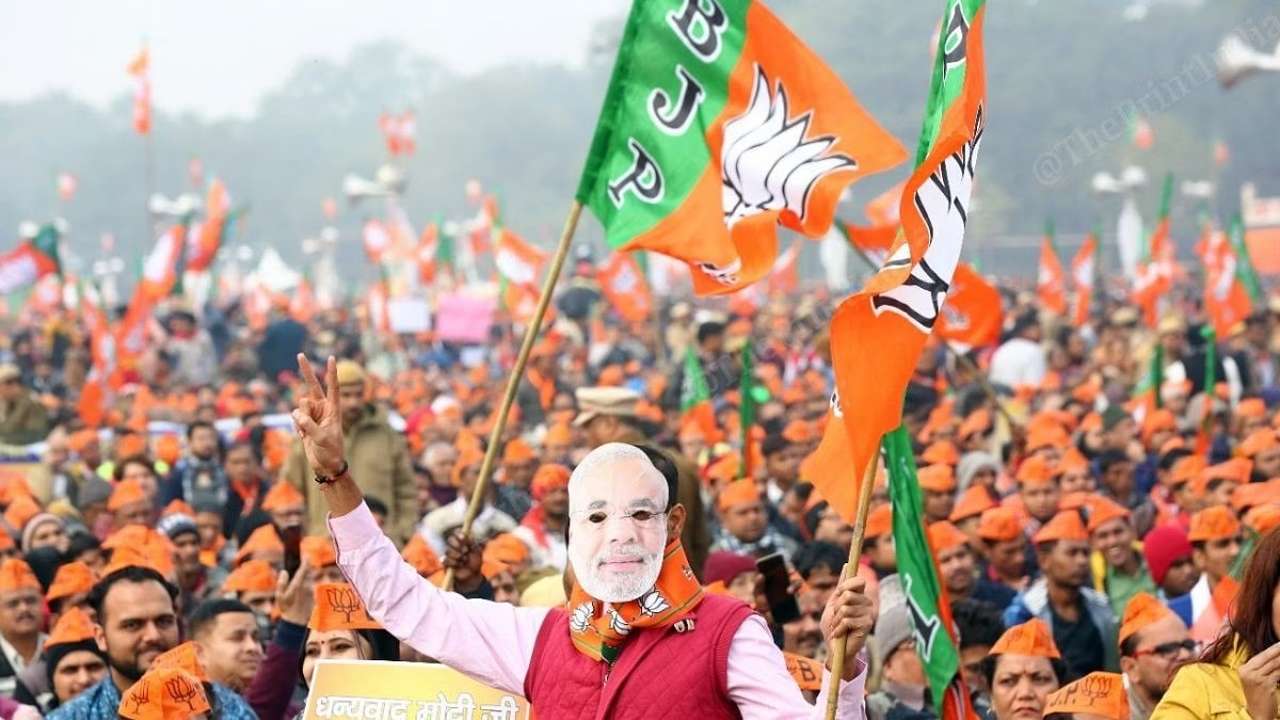
The 12th list of seven candidates for the Lok Sabha elections, which are scheduled to start on Friday, was announced by the BJP on Tuesday. Among the seven candidates is Chhatrapati Udayanraje Bhosale, the 13th descendant of Chhatrapati Shivaji Maharaj, who will contest from Satara, Maharashtra, and Abhijit Das Bobby, who represents Diamond Harbour in West Bengal.
The current MP for the Trinamool Congress, Abhishek Banerjee, has been paired against Abhijit Das Bobby, who contested unsuccessfully for the Diamond Harbour seat in the general elections of 2009 and 2014.
Abhishek Banerjee won in the 2014 Lok Sabha elections with 40.31 percent of the vote, while Abhijit Das secured 15.92 percent of the vote to finish third. Dr. Abul Hasnat of CPI(M), who received 34.66% of the vote, came in second.
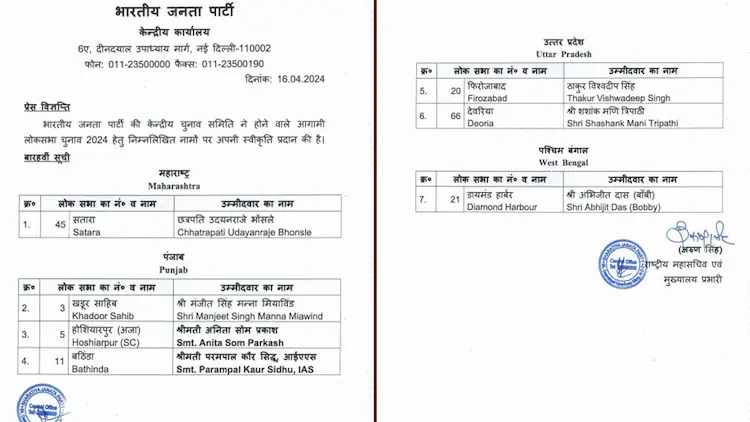
With 7,91,127 votes, the leader of the Trinamool Congress party was able to hold onto the seat in 2019. Nilanjan Roy of the BJP received 4,70,533 votes, while Fuad Halim of the CPI(M) secured third place with 93,941 votes.
The 13th descendant of Chhatrapati Shivaji Maharaj, Chhatrapati Udayanraje Bhosale, is another prominent figure on the list. He is contesting for the Satara Lok Sabha constituency in Maharashtra as a member of the BJP.
In the 2019 by-election, Bhosale—a former leader of the NCP who joined the BJP in 2022—lost the seat. There has been a back-and-forth in the seat on the Lok Sabha election candidate between the BJP and NCP.
Shashikant Shinde has received his ticket from the NCP (SP).
Shashank Mani Tripathi from Deoria and Thakur Vishwadeep Singh from Firozabad are the final candidates on the BJP’s 12th list.
In Uttar Pradesh, there are two seats.
Meanwhile, Union Minister Som Prakash’s wife Anita Som Prakash, who is a resident of Punjab, will contest for the Hoshiarpur seat in lieu of her husband.
Manjeet Singh Manna Miawind from Khadoor Sahib and Parampal Kaur Sidhu from Bathinda are the other two candidates, both of whom are from Punjab.
2024 Lok Sabha Elections
Prime Minister Narendra Modi says RJD is responsible for destroying Bihar, slams Lalu’s party over various corruption cases
The prime minister made a scathing attack at the opposition and said Ghamandia Gathbandhan has no vision or trust. He said when INDIA bloc alliance goes out asking for votes, then they do so on the basis of the work done by Bihar Chief Minister Nitish Kumar.
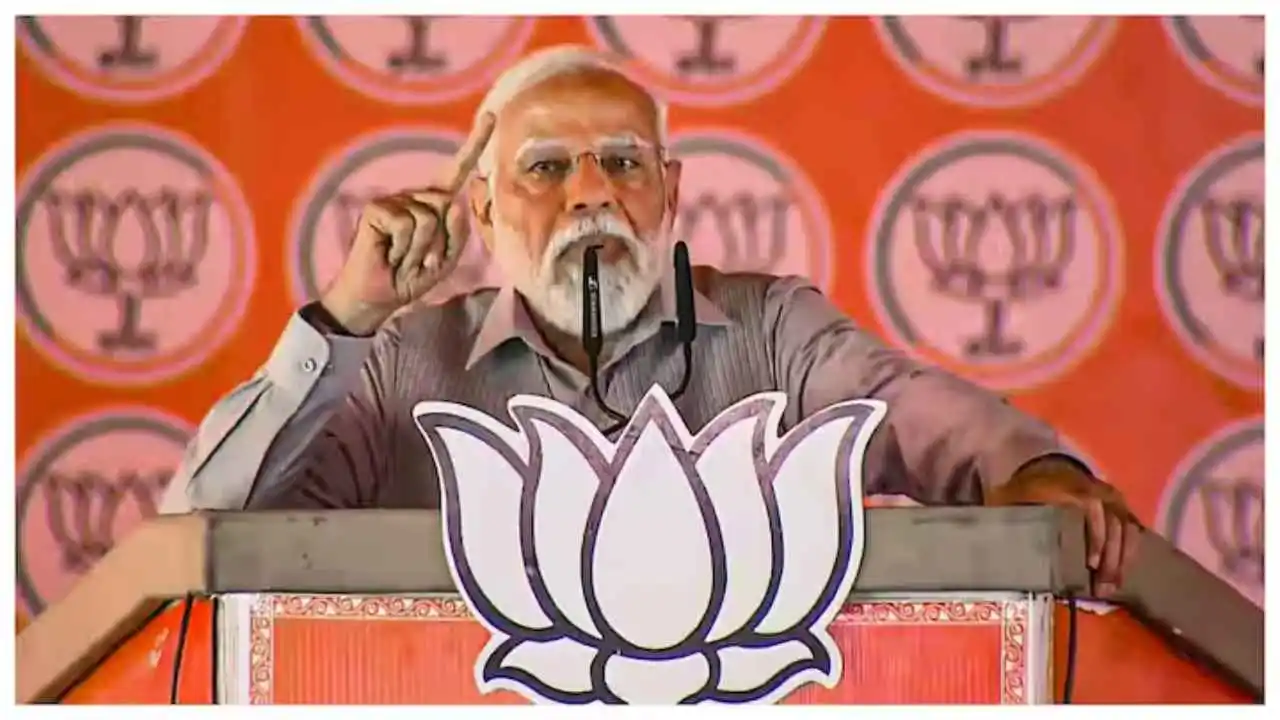
Prime Minister Narendra Modi on Tuesday said that India and Bihar are moving forward to return to their ancient glory and added the upcoming Lok Sabha elections is an election to take a resolve for developed India and developed Bihar. PM Modi was addressing an election rally in Bihar’s Gaya, where he said that the public support that has gathered on the land of Gaya clearly shows enthusiasm of the people once again for the Modi government.
The prime minister spoke on BJP’s manifesto for the upcoming Lok Sabha elections and said that it is for the first time that a Sankalp Patra of any party is being called a guarantee card as in the last 10 years, people have seen Modi’s guarantee for fulfillment of a guarantee.
PM Modi said for the next five years, Modi’s guarantee card has been updated. He promised 3 crore houses will be made for the poor, the poor will get free ration for the next 5 years and those above 70 years of age will receive free treatment upto Rs 5 lakhs He said the PM-Kisan Samman Nidhi yojana will be continued and all of these are Modi’s guarantees.
The prime minister made a scathing attack at the opposition and said Ghamandia Gathbandhan has no vision or trust. He said when INDIA bloc alliance goes out asking for votes, then they do so on the basis of the work done by Bihar Chief Minister Nitish Kumar. PM Modi said the people of Bihar know why they try and take credit for the work done by Nitish and the central government.
The prime minister said RJD is responsible for destroying Bihar and slammed Lalu’s party over various corruption cases including land for jobs scam, fodder scam. Speaking about BJP’s manifesto PM Modi said, there is a roadmap for every section and sector of the society.
-
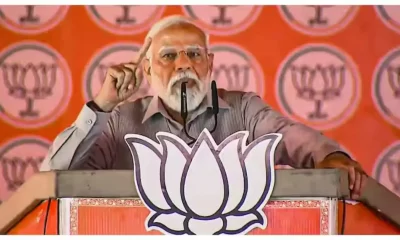
 2024 Lok Sabha Elections9 hours ago
2024 Lok Sabha Elections9 hours agoPrime Minister Narendra Modi says RJD is responsible for destroying Bihar, slams Lalu’s party over various corruption cases
-

 Cricket news10 hours ago
Cricket news10 hours agoIPL 2024: Travis Head smashes brilliant century, Pat Cummins takes 3 wickets as Sunrisers Hyderabad defeat Royal Challengers Bengaluru by 25 runs
-
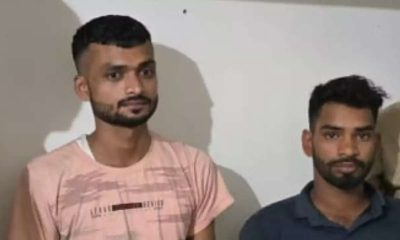
 India News10 hours ago
India News10 hours ago2 shooters arrested from Gujarat for firing outside Salman Khan’s house
-
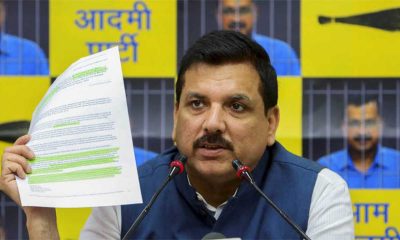
 India News9 hours ago
India News9 hours agoMy name is Arvind Kejriwal and I am not terrorist: Sanjay Singh reads Delhi CM’s message from Tihar Jail
-

 2024 Lok Sabha Elections8 hours ago
2024 Lok Sabha Elections8 hours agoLok Sabha elections 2024: BJP releases 12th list of candidates, Udayanraje Bhonsle to contest from Satara
-

 Food6 hours ago
Food6 hours agoBengaluru outlet selling gold and silver panipuri goes viral
-

 Entertainment7 hours ago
Entertainment7 hours agoAmul pays tribute to Diljit Dosanjh, Parineeti Chopra starrer Amar Singh Chamkila
-
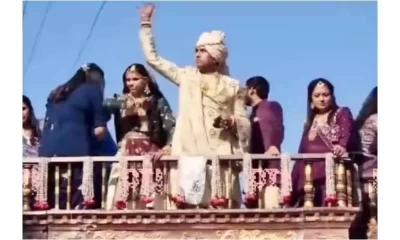
 India News8 hours ago
India News8 hours agoGujarat Jain couple donate Rs 200 crore wealth, renounce world

